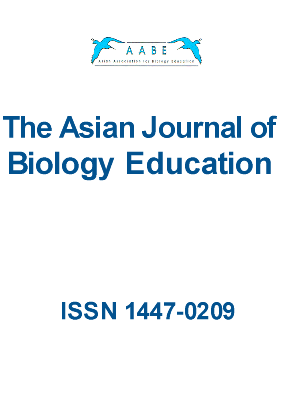16 巻
選択された号の論文の9件中1~9を表示しています
- |<
- <
- 1
- >
- >|
-
原稿種別: research-article
2024 年16 巻 p. 2-8
発行日: 2024/04/03
公開日: 2024/04/08
PDF形式でダウンロード (599K) -
原稿種別: research-article
2024 年16 巻 p. 9-14
発行日: 2024/04/07
公開日: 2024/04/09
PDF形式でダウンロード (620K) -
原稿種別: research-article
2024 年16 巻 p. 15-21
発行日: 2024/04/07
公開日: 2024/04/09
PDF形式でダウンロード (404K) -
2024 年16 巻 p. 22-23
発行日: 2024/08/23
公開日: 2024/08/25
PDF形式でダウンロード (305K) -
原稿種別: country report
2024 年16 巻 p. 24-28
発行日: 2024/08/23
公開日: 2024/08/29
PDF形式でダウンロード (275K) -
2024 年16 巻 p. 29
発行日: 2024/08/23
公開日: 2024/08/25
PDF形式でダウンロード (338K) -
2024 年16 巻 p. 30-33
発行日: 2024/12/04
公開日: 2024/12/07
PDF形式でダウンロード (160K) -
2024 年16 巻 p. 34-53
発行日: 2024/11/27
公開日: 2024/12/24
PDF形式でダウンロード (1231K) -
2024 年16 巻 p. 54-73
発行日: 2024/12/23
公開日: 2024/12/24
PDF形式でダウンロード (828K)
- |<
- <
- 1
- >
- >|
